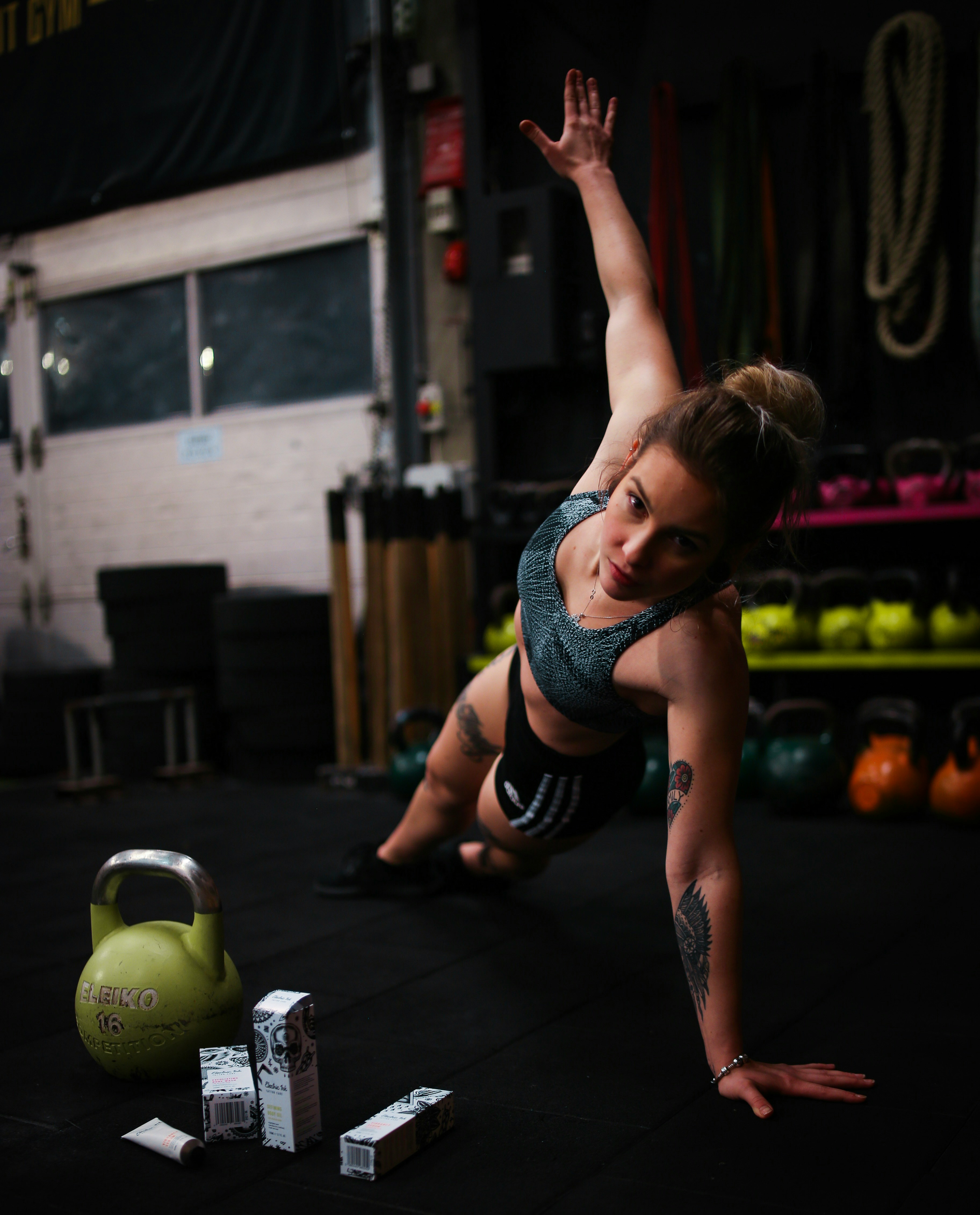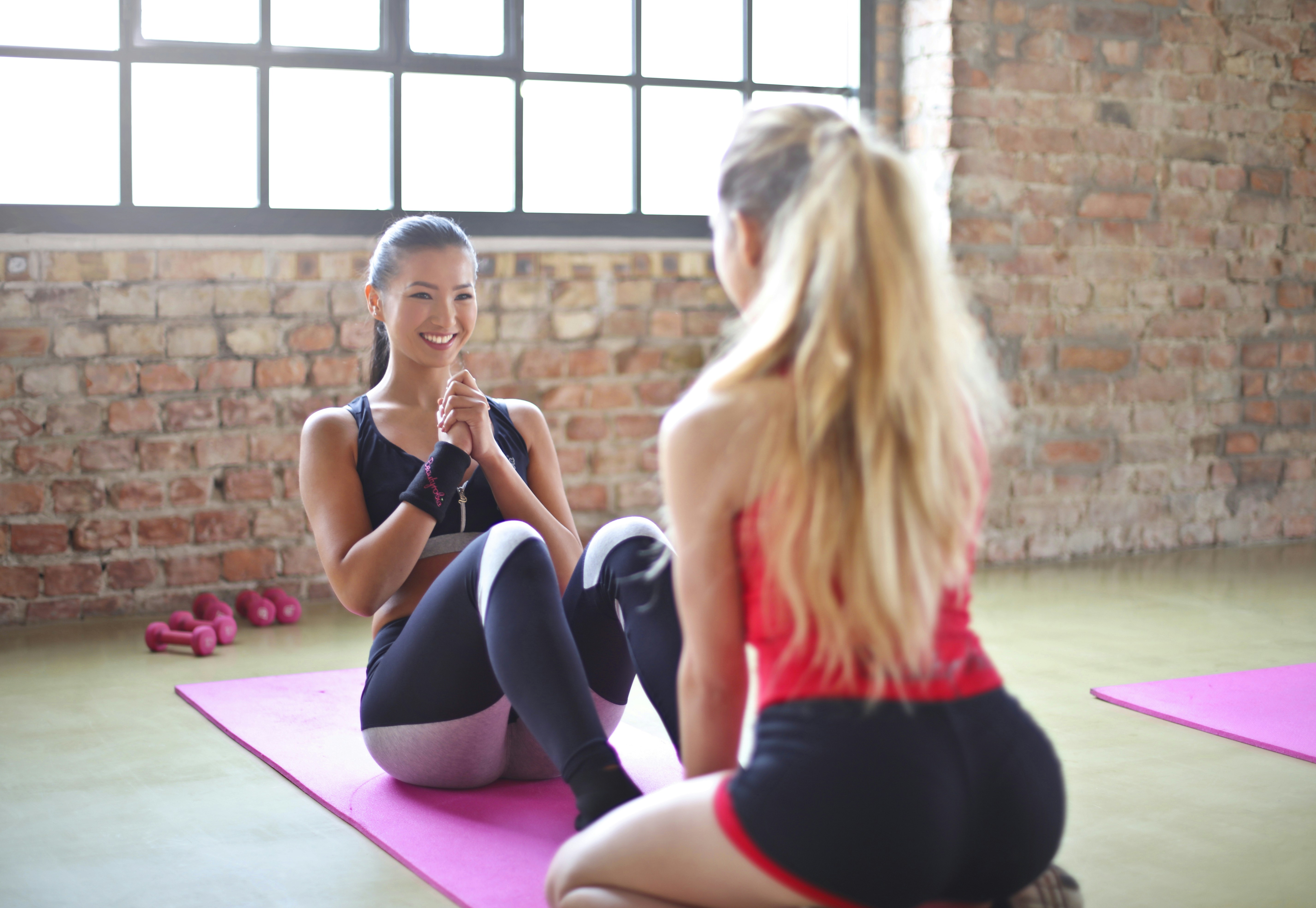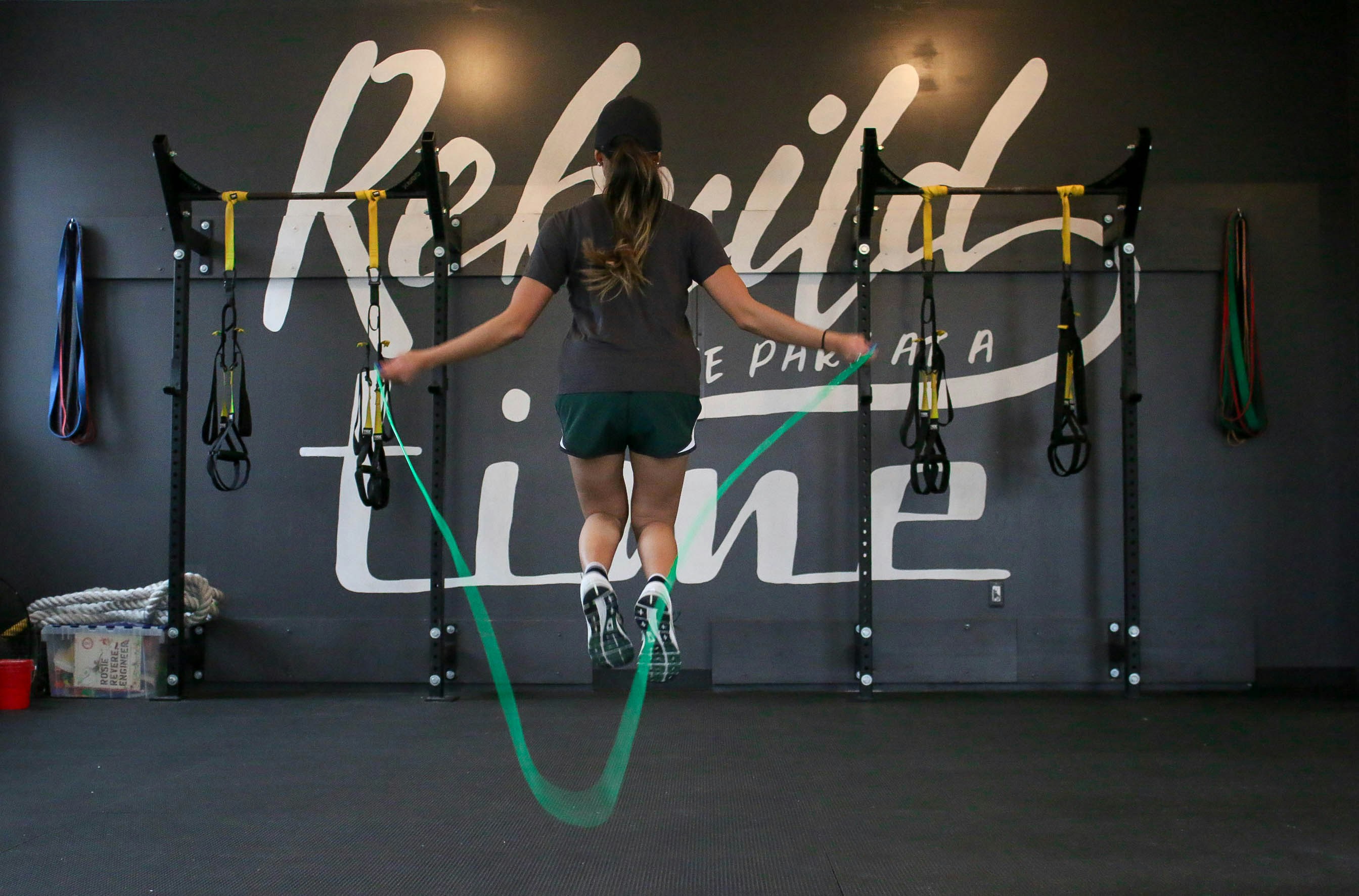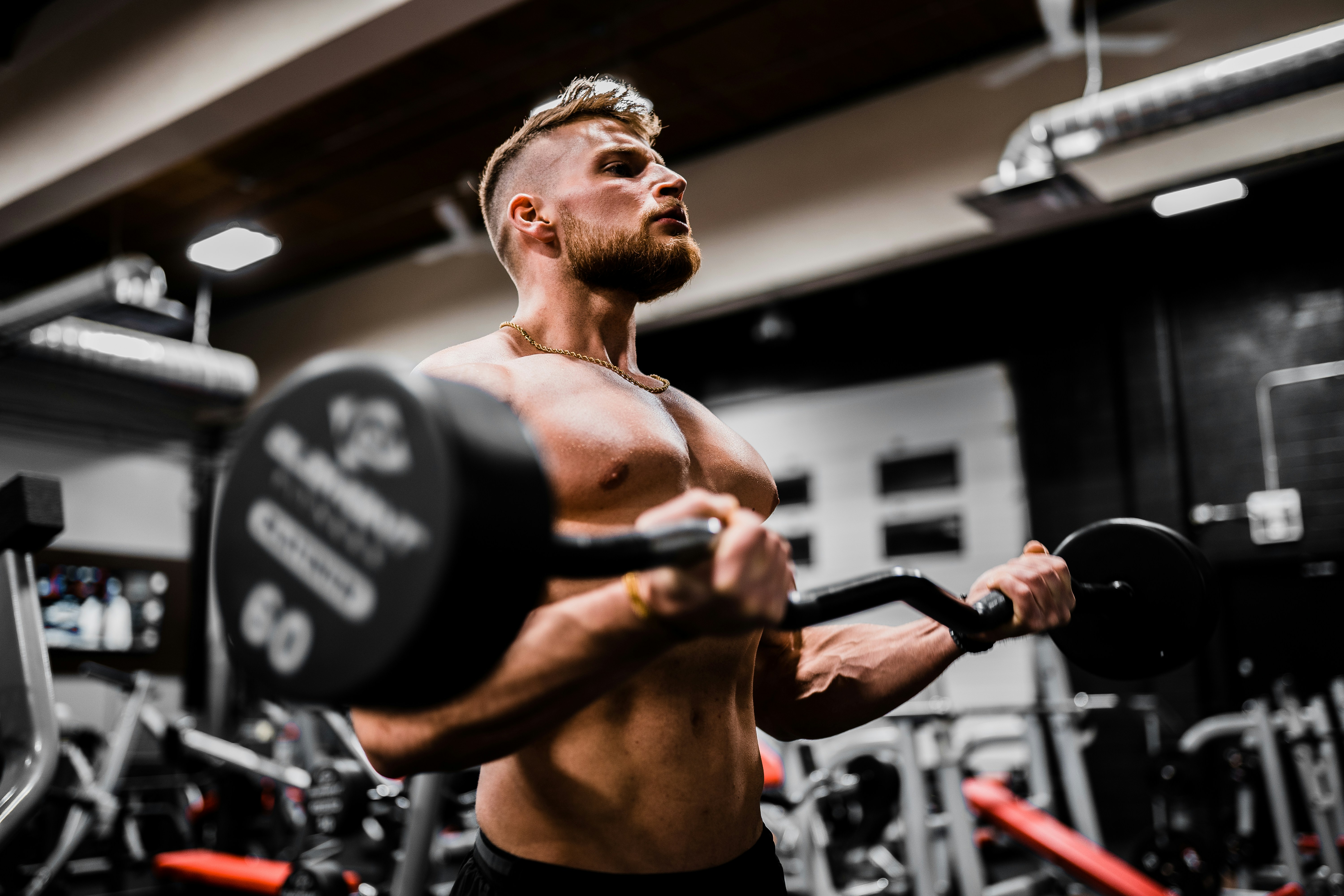The Importance of Core Training and Recommended Exercises

The Importance of Core Training and Recommended Exercises
Introduction
Core training is often regarded as the foundation of a well-rounded fitness regimen. Whether you’re an athlete, a fitness enthusiast, or just someone looking to improve overall health, a strong core is essential. It plays a key role in maintaining proper posture, supporting the spine, enhancing balance, and preventing injuries. In this article, we will explore why core training is crucial, what the core actually consists of, and recommend some of the most effective core exercises you can include in your workout routine.
1. What Is the Core?
The core refers to a group of muscles located in the central part of the body, including the muscles of the abdomen, lower back, pelvis, and hips. These muscles are responsible for stabilizing and controlling the movement of the torso. While many people focus on the "six-pack" muscles (rectus abdominis), the core encompasses several deep muscles that provide support and aid in functional movement. These muscles include:
- Rectus Abdominis : The muscles often associated with the "six-pack" appearance.
- Transverse Abdominis : The deepest layer of abdominal muscles, crucial for core stability.
- Obliques (External and Internal) : These muscles are located on the sides of your abdomen and help with rotation and lateral flexion.
- Erector Spinae : Muscles that run along the spine and support the lower back.
- Pelvic Floor Muscles : These muscles support the pelvic organs and contribute to stability.
- Multifidus : A deep muscle that helps stabilize the spine.
A well-trained core is essential for proper posture, functional movements, and injury prevention.
2. Why Is Core Training Important?
1. Improved Posture
A strong core helps maintain proper spinal alignment and posture, reducing the risk of slouching or developing postural imbalances. Whether you’re sitting at a desk, standing, or walking, a strong core supports the spine and ensures optimal alignment.
2. Injury Prevention
Core training helps protect the spine and lower back. When the core muscles are weak, the body compensates by using other muscles, which can lead to overuse and injury. By strengthening the core, you enhance overall stability, which reduces the likelihood of muscle strains and injuries, particularly in the lower back.
3. Better Balance and Stability
The core plays a vital role in maintaining balance and stability, which is essential not only for physical activity but also for daily life. Activities such as walking, climbing stairs, or lifting objects all require core stability to prevent falls and injuries.
4. Enhanced Athletic Performance
In sports and physical activities, the core is essential for generating force and power. A strong core helps improve performance in virtually all athletic movements, from running to jumping and even swimming. It facilitates effective transfer of energy between the upper and lower body.
5. Support for Functional Movements
Functional movements, such as bending, twisting, and reaching, require a stable core to perform safely and efficiently. A strong core allows for better mobility and the ability to perform tasks without overloading the spine or joints.
3. Recommended Core Exercises
Now that we understand the importance of core training, let's look at some effective core exercises that target different muscles within the core. These exercises can be performed by beginners to advanced individuals, and you can modify them according to your fitness level.
1. Plank
The plank is one of the most effective core exercises as it engages the entire core and works to improve stability. It also strengthens the shoulders, arms, and glutes.
How to Do It :
- Start in a push-up position, but rest on your forearms.
- Keep your body in a straight line from head to heels.
- Engage your core, squeezing your glutes and quads to maintain the position.
- Hold for as long as you can, ensuring your back remains straight and your core is tight.
Benefits : Engages all core muscles, especially the transverse abdominis and rectus abdominis.
2. Dead Bug
The dead bug is an excellent exercise for building core strength and improving coordination. It primarily targets the transverse abdominis and helps with spinal stability.
How to Do It :
- Lie on your back with your arms extended toward the ceiling and your knees bent at 90 degrees.
- Slowly extend your right leg straight while lowering your left arm overhead.
- Bring both back to the starting position, and then repeat on the other side.
Benefits : Works the deep core muscles, enhancing stability and coordination.
3. Russian Twists
This exercise targets the obliques and helps improve rotational strength, which is essential for activities like swinging or throwing.
How to Do It :
- Sit on the floor with your knees bent and feet lifted off the ground.
- Lean back slightly and hold a weight or medicine ball with both hands in front of your chest.
- Twist your torso to the right, then to the left, while keeping your core engaged.
Benefits : Strengthens the obliques and helps with rotational movements.
4. Bird Dog
The bird dog is a great exercise for improving balance and stability while targeting the lower back, glutes, and core muscles.
How to Do It :
- Start on all fours with your hands directly under your shoulders and knees under your hips.
- Extend your right arm forward and your left leg backward, keeping your body in a straight line.
- Hold for a second, then return to the starting position.
- Repeat on the other side.
Benefits : Improves stability, engages the deep core muscles, and enhances coordination.
5. Bicycle Crunches
Bicycle crunches are an excellent exercise for targeting the rectus abdominis and obliques, particularly for those looking to sculpt their abdominal muscles.
How to Do It :
- Lie on your back with your hands behind your head and your knees bent.
- Bring your right knee toward your chest and twist your torso, bringing your left elbow toward your right knee.
- Extend your right leg as you twist to the other side, bringing your right elbow toward your left knee.
- Continue alternating sides in a cycling motion.
Benefits : Engages both the upper and lower abs, as well as the obliques.
6. Leg Raises
Leg raises are great for targeting the lower abs and improving core strength. They also help in strengthening the hip flexors.
How to Do It :
- Lie on your back with your legs extended straight and your arms by your sides.
- Keep your legs straight as you slowly raise them toward the ceiling, keeping your lower back pressed into the floor.
- Lower your legs back down slowly without letting them touch the floor.
Benefits : Targets the lower portion of the rectus abdominis and improves flexibility in the hip flexors.
7. Mountain Climbers
Mountain climbers are a dynamic core exercise that also boosts cardiovascular fitness. They engage the entire core while also working the shoulders, arms, and legs.
How to Do It :
- Start in a plank position with your hands directly under your shoulders.
- Drive one knee toward your chest, then quickly switch legs, bringing the other knee forward while the first leg moves back.
- Continue alternating legs rapidly in a "climbing" motion.
Benefits : Great for strengthening the core, increasing heart rate, and improving endurance.
4. Conclusion
Core training is essential for improving posture, preventing injuries, enhancing athletic performance, and supporting daily movements. By incorporating a variety of core exercises into your workout routine, you can build a strong and functional core that benefits both your physical fitness and overall health.
A well-rounded core workout should include exercises that target all aspects of the core, from the abdominals and obliques to the lower back and pelvic muscles. Incorporate these exercises regularly, and you'll notice improvements in your posture, stability, and strength over time.
Remember, consistency is key when it comes to core training. So, make core exercises a regular part of your fitness routine, and enjoy the benefits of a strong, stable core.
References
- McGill, S. M. (2007). "Low Back Disorders: Evidence-Based Prevention and Rehabilitation." Human Kinetics .
- Nesser, T. W., & Huxel, K. C. (2008). "Core strength and injury prevention." Strength and Conditioning Journal .
- Behm, D. G., & Sale, D. G. (1993). "Velocity specificity of resistance training." Sports Medicine .




